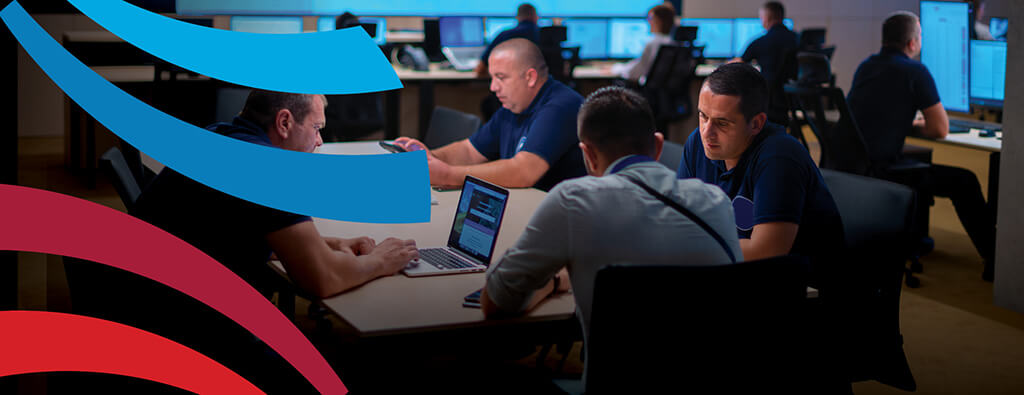Emergencies don’t discriminate. Whether it’s a raging storm, an unexpected power outage, or a flood, everyone can be affected, but some more than others. Whether you’re young, elderly, disabled, or from an underserved community, preparedness is crucial. Here’s why everyone must be proactive and what steps to take for a well-rounded emergency response.
The Importance of Inclusive Preparedness
Emergencies can be particularly challenging for older adults, disabled individuals, and underserved communities. Some specific challenges may include:
- Difficulty accessing medical supplies or facing power outages for essential devices.
- Difficulty in swiftly evacuating or receiving timely disaster updates.
- Unique health issues, such as managing chronic conditions or needing temperature-sensitive medications.
However, even those without these concerns should be proactive. Disasters can disrupt everyday life, making necessities hard to come by.
Weather Woes: Keeping Safe in Extremes
Whether it’s summer’s heat or winter’s chill, extreme temperatures can pose significant risks.
Hot Weather Precautions:
- Cooling Devices: Ensure you maintain cooling devices like battery-operated fans or cooling cloths to lower body temperature.
- Hydration: Keep a stock of water and electrolyte beverages to prevent dehydration.
- Medication: Some medicines are sensitive to heat. Consult with healthcare providers about heat-resistant storage.
For Cold Weather:
- Warm Clothing: Ensure access to clothing and jackets that can be layered to stay warm.
- Food and Water: Store non-perishable food items and water to avoid the need to go outside.
- Alternative Heating: Plan for ways to safely keep your living space warm, such as battery-operated heated blankets.
Steps to Holistic Preparedness
- Create a Plan: Discuss and create an emergency plan with family and caregivers. Include emergency contact numbers and evacuation routes. Visit Ready.gov to create a plan.
- Evacuation Plans: Know the local evacuation routes and practice them periodically. Ensure that your vehicle can accommodate any mobility aids. Visit Ready.gov for more information on evacuation planning.
- Sheltering: Understand your various sheltering options at home, work, or other locations. Ensure shelters have accessible accommodations for people with disabilities. Visit Ready.gov for more information on sheltering options.
- Communications: Have a working cell phone with emergency numbers saved and a portable charger to keep it powered to receive wireless and national emergency alerts. Also, download FEMA’s App and sign up for FEMA’s text alerts to receive specific disaster updates in your area. It would help to keep a portable weather radio nearby to receive NOAA weather broadcasts.
- Seek Assistance: Register with local emergency services so they know about your particular needs in an emergency.
- Build a Kit: Pack a “go bag” for yourself, family members, and pets that contain a collection of necessities to help you survive on your own for several days. Visit Ready.gov/kit for a list of disaster supplies to pack in your kit.
- Medical Supplies and Medication Management: Keep at least a week’s supply of essential properly labeled medications, oxygen, and any medical equipment you rely on. Speak with your healthcare provider about what medicines you should stock. Visit Ready.gov to get tips on medications.
- Mobility: If you use a wheelchair, walker, or other mobility aids, ensure they are easily accessible and in good working condition. Ensure that devices like electric wheelchairs have extra batteries. Also, have a manual alternative like a regular wheelchair as a backup.
- Personal Supplies: Maintain essential items such as first aid, eyeglasses, hearing aids, feminine hygiene products, and mobility aids.
- Food and Water: Stock non-perishable foods and at least a three-day water supply. Special dietary needs should be considered. Visit Ready.gov to determine your water and food needs.
- Accessible Information: Keep all vital medical records, IDs, and insurance information in one place and ensure it’s in a portable, waterproof container or storage bag.
Resources for Comprehensive Preparedness
- Ready.gov: Preparedness planning guidance and materials
- American Red Cross: Making a plan, kit-making, and staying informed.
- American Association of Retired Persons (AARP): Disaster Prep Tips, Quiz: Are you prepared for a natural disaster?
- American Disabilities Act (ADA): Emergency planning
- Centers for Disease Control (CDC): Prepare Your Health
- Health and Human Services (HHS): Administration for Strategic Preparedness and Response (ASPR)
- Small Business Administration (SBA): Prepare for Emergencies
- National Safety Council (NSC): Emergency Preparedness: Are You Ready for a Disaster?
Emergencies can be daunting, but they become less so when we’re prepared. Whether you’re an older individual, someone with a disability, or just someone looking to keep their family safe, proactive measures can go a long way. Remember, a collective approach to safety ensures everyone is covered.
We have prepared the following resources that you can download and use to aid in your preparedness planning:
Learn more about our preparedness solutions and how we help governments prepare for, respond to, recover from, and mitigate disasters more effectively.



